Agar powder, 22 g
Hot plate
Phenolphthalein indicator solution, 1%,
Ruler
Sodium hydroxide solution, 0.1 M, NaOH, 200 mL
Sulfuric acid 0.1 M H2SO4 , 200 mL
knife
Distilled water 1 L
500 mL beaker
Tray for setting the gel (as shown on the right)
Stop-watch
Latex gloves.
Goggles
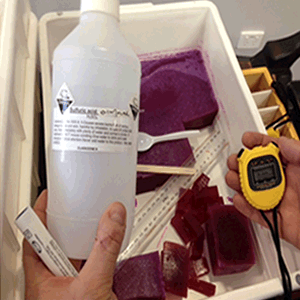
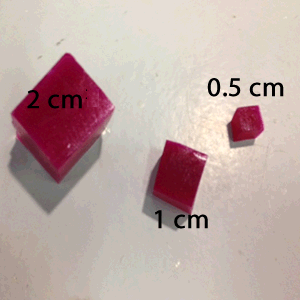
Step 2 Immerse the 15 cubes, you have cut, into a 500 mL beaker filled with the sulfuric acid solution and stir and move the cubes continuously. Wear gloves.
As the acid diffuses into the cube it turns the agar white. The distance the acid has diffused is easily measured, as shown on the right. Every 60 seconds remove a cube of each size, cut it down the middle, as shown on the right and measure the distance the acid solution has diffused through the agar. You may need to sample the smaller cubes, the 0.5 cm3 more often, say every 10 seconds.
Step 3 Calculate the percentage of the total volume of the cube of agar that is still red and fill the table below.

| Time (minutes) | Percentage volume remaining red |
Percentage volume remaining red 1 cm3 |
Percentage volume remaining red 0.5 cm3 |
| 1 |  |
 |
 |
| 2 | |||
| 3 | |||
| 4 | |||
| 5 | |||
| 6 | |||
| 7 | |||
| 8 | |||
| 9 | |||
| 10 |
Print the graph paper below and graph the results.
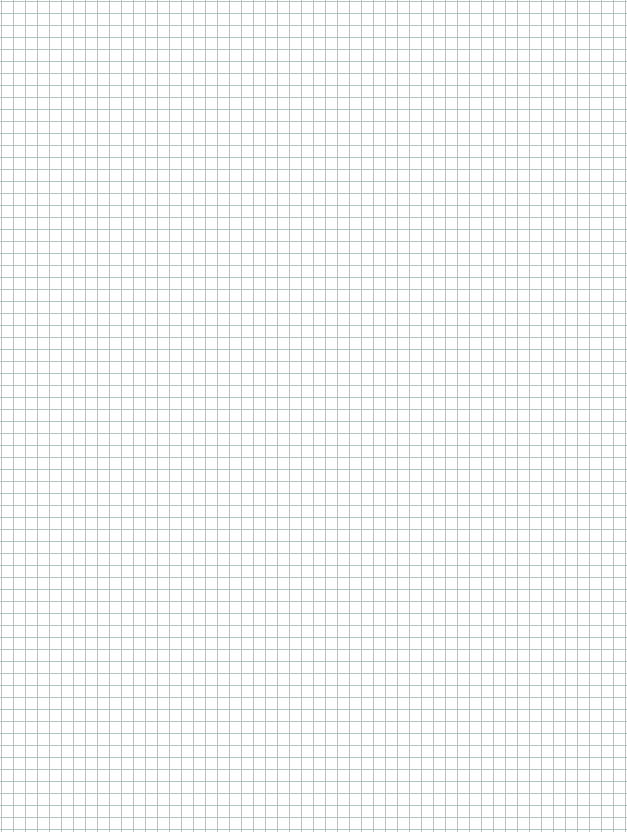
1) Which one of the statements below is a hypothesis?
a) " Large cubes will absorb the acid solution quicker than smaller cubes"
b) " We need more agar
cubes to perform the experiment"
c)
" All cubes must be exactly the same except for their size"
What must be different?
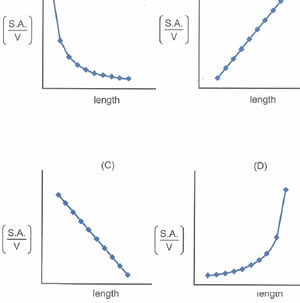
8) Chemical reactions occur when reactants come into contact with each other. Look at the animation on the right. It shows two similar masses of potato submerged in a solution of hydrogen peroxide and detergent. One piece is in the shape of a cube while the other is chopped up. Potato contains peroxidase which decomposed hydrogen peroxide into oxygen and water, according to the equation below.
2H2O2(aq) => O2(g) + 2H2O(l)
The oxygen bubbles are trapped by the detergent and form a foam.
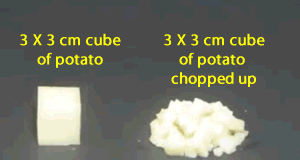
a) What is a possible hypothesis that this experiment is testing?
b) What is the dependent variable?
c) What is the independent variable?
d) Is this a qualitative or quantitavie investigation?
e) What is the relationship between surface area and rate of reaction?